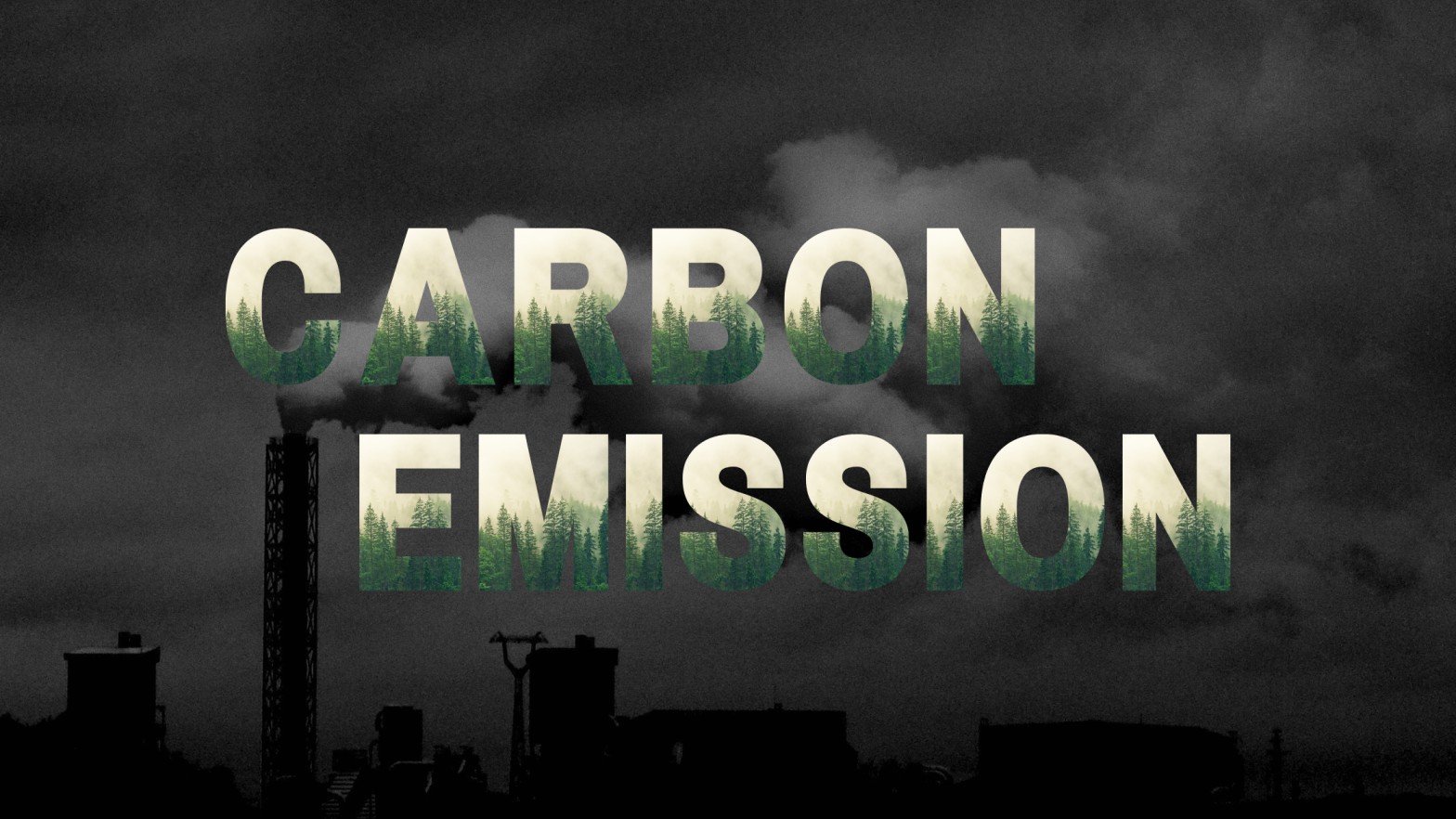
Sustainable Energy- The Need Of Hour
Energy is sustainable if it “meets the needs of the present without compromising the ability of future generations to meet their own needs. Most definitions of sustainable energy include considerations of environmental aspects such as greenhouse gas emissions and social and economic aspects such as energy poverty. Renewable energy sources such as wind, hydroelectric power, solar, and geothermal energy are generally far more sustainable than fossil fuel sources.
Sustainable energy involves increasing production of renewable energy, making safe energy universally available, and energy conservation.
Environmental Impacts:
The current energy system contributes to many environmental problems, including climate change, air pollution, biodiversity loss, the release of toxins into the environment, and water scarcity. As of 2019, 85% of the world’s energy needs are met by burning fossil fuels. Energy production and consumption are responsible for 76% of annual human-caused greenhouse gas emissions as of 2021.
The burning of fossil fuels and biomass is a major source of air pollution, which causes an estimated 7 million deaths each year. Fossil-fuel burning in power plants, vehicles, and factories is the main source of emissions that combine with oxygen in the atmosphere to cause acid rain. Air pollution is the second-leading cause of death from non-infectious disease. An estimated 99% of the world’s population lives with levels of air pollution that exceed the World Health Organization recommended limits.
Sustainable energy sources:
Renewable sources:
Renewable sources are essential to sustainable energy, as they generally strengthen energy security and emit far fewer greenhouse gases than fossil fuel. Renewable projects sometimes raise significant sustainability concerns, such as risks to biodiversity when areas of high ecological value are converted to bioenergy production or wind solar farms.
Solar power:
The Sun is Earth’s primary source of energy, a clean and abundantly available resource in many regions. In 2019, solar power provided around 3% of global electricity, mostly through solar panels based on photovoltaic cells (PV). The panels are mounted on top of buildings or installed in utility-scale solar parks. Costs of solar photovoltaic cells have dropped rapidly, driving strong growth in worldwide capacity. The cost of electricity from new solar farms is competitive with, or in many places, cheaper than electricity from existing coal plants. Various projections of future energy use identify solar PV as one of the main sources of energy generation in a sustainable mix.
Most components of solar panels can be easily recycled, but this is not always done in the absence of regulation. Panels typically contain heavy metals, so they pose environmental risks if put in landfills. It takes fewer than two years for a solar panel to produce as much energy as was used for its production. Less energy is needed if materials are recycled rather than mined.
In concentrated solar power, solar rays are concentrated by a field of mirrors, heating a fluid. Electricity is produced from the resulting steam with a heat engine. Concentrated solar power can support dispatchable power generation, as some of the heat is typically stored to enable electricity to be generated when needed. In addition to electricity production, solar energy is used more directly; solar thermal heating systems are used for hot water production, heating buildings, drying, and desalination.
Wind power:
Wind has been an important driver of development over millennia, providing mechanical energy for industrial processes, water pumps, and sailing ships. Modern wind turbines are used to generate electricity and provided approximately 6% of global electricity in 2019. Electricity from onshore wind farms is often cheaper than existing coal plants and competitive with natural gas and nuclear. Wind turbines can also be placed offshore, where winds are steadier and stronger than on land but construction and maintenance costs are higher.
Hydropower:
Hydroelectric plants convert the energy of moving water into electricity. In 2020, hydropower supplied 17% of the world’s electricity, down from a high of nearly 20% in the mid-to-late 20th century.
In conventional hydropower, a reservoir is created behind a dam. Conventional hydropower plants provide a highly flexible, dispatchable electricity supply. They can be combined with wind and solar power to meet peaks in demand and to compensate when wind and sun are less available.
Compared to reservoir-based facilities, run-of-the-river hydroelectricity generally has less environmental impact. However, its ability to generate power depends on river flow, which can vary with daily and seasonal weather. Reservoirs provide water quantity controls that are used for flood control and flexible electricity output while also providing security during drought for drinking water supply and irrigation.
Geothermal power:
Geothermal energy is produced by tapping into deep underground heat and harnessing it to generate electricity or to heat water and buildings. The use of geothermal energy is concentrated in regions where heat extraction is economical: a combination is needed of high temperatures, heat flow, and permeability (the ability of the rock to allow fluids to pass through). Power is produced from the steam created in underground reservoirs. Geothermal energy provided less than 1% of global energy consumption in 2020.
Geothermal energy is a renewable resource because thermal energy is constantly replenished from neighbouring hotter regions and the radioactive decay of naturally occurring isotopes. On average, the greenhouse gas emissions of geothermal-based electricity are less than 5% that of coal-based electricity. Geothermal energy carries a risk of inducing earthquakes, needs effective protection to avoid water pollution, and releases toxic emissions which can be captured.
Bioenergy:
Biomass is renewable organic material that comes from plants and animals. It can either be burned to produce heat and electricity or be converted into biofuels such as biodiesel and ethanol, which can be used to power vehicles.
Marine energy:
Marine energy has the smallest share of the energy market. It includes tidal power, which is approaching maturity, and wave power, which is earlier in its development. Two tidal barrage systems in France and in South Korea make up 90% of global production. While single marine energy devices pose little risk to the environment, the impacts of larger devices are less well known.
Energy system Transformation:
The emissions reductions necessary to keep global warming below 2 °C will require a system-wide transformation of the way energy is produced, distributed, stored, and consumed. For a society to replace one form of energy with another, multiple technologies and behaviours in the energy system must change. For example, transitioning from oil to solar power as the energy source for cars requires the generation of solar electricity, modifications to the electrical grid to accommodate fluctuations in solar panel output or the introduction of variable battery chargers and higher overall demand, adoption of electric cars, and networks of electric vehicle charging facilities and repair shops.




